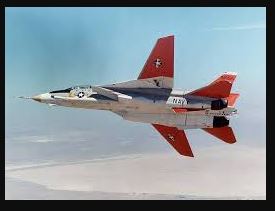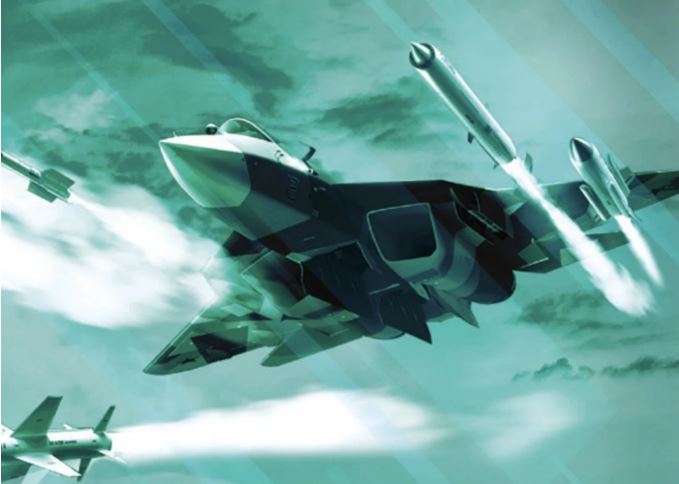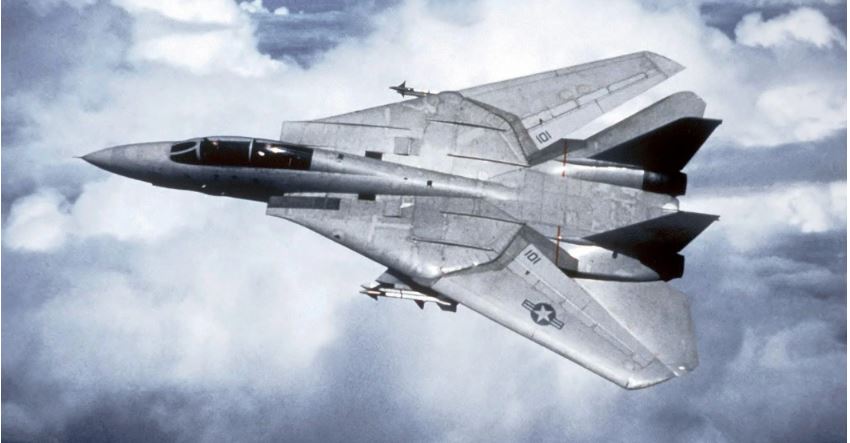
Western media believes that the Su-57 fighter is not a stealth fighter, so it is easy to detect, so is it safe from Ukrainian air defense forces? The answer is no, because fifth-generation aircraft are not easy to shoot down.
Even the US military news site Military Observer admits that although it does not have complete stealth capabilities, the Su-57 fighter can still quickly destroy the enemy thanks to its high maneuverability, advanced sensors and avionics, and excellent flight performance.
A more important reason is that Ukraine’s air force has basically been destroyed and its air defense firepower has been severely weakened. Therefore, the Russian tactical air force can still operate with peace of mind, especially since the Su-57 often operates far from the enemy’s air defense firepower.
International military experts believe that fifth-generation aircraft could achieve stealth capabilities in the early 2000s. However, this capability is being significantly reduced, with the advancement of modern radar technology and air defense missiles.
The F-14’s Problem
The F-14 grew out of the F-111 project, promoted by then-Secretary of Defense Robert McNamara as a fighter that could serve both the Navy (USN) and the Air Force (USAF). However, the USN and the USAF had different needs: the Navy needed a long-range carrier-based interceptor to counter Soviet air-launched cruise missiles.
Soviet bombers could attack US carrier battle groups from great distances, without entering the range of ship-based surface-to-air missiles or short-range fighters.
Unfortunately, the F-111 was ineffective: too many capabilities packed into one platform resulted in a fighter that was too large for the Navy’s needs and not well suited to air superiority missions.

By the mid-1960s, the US Navy began work on a replacement project that would become the F-14 Tomcat. The Tomcat made a significant contribution to countering Soviet bombers by combining long range with high speed, along with the Phoenix missile.
However, in its early years, the Tomcat itself faced many problems. The engines were unreliable, the aircraft itself was heavy and expensive.
Design details, including the swept-back wings, made the Tomcat a “complex beast”. Congress considered the Tomcat’s performance inferior to the new heavy fighter F-15 Eagle. One argued that the F-14 Tomcat project should be terminated.




